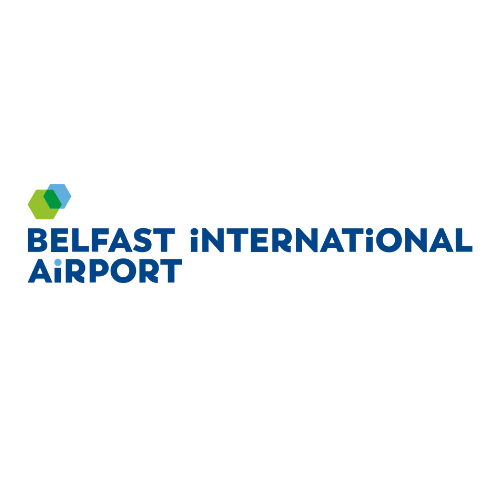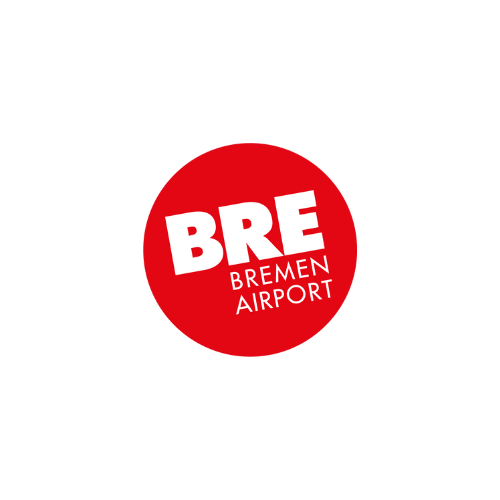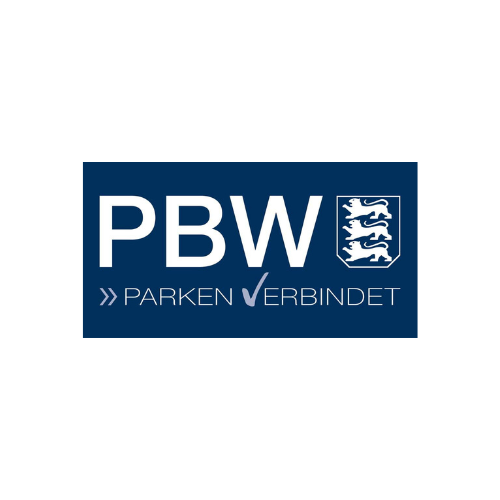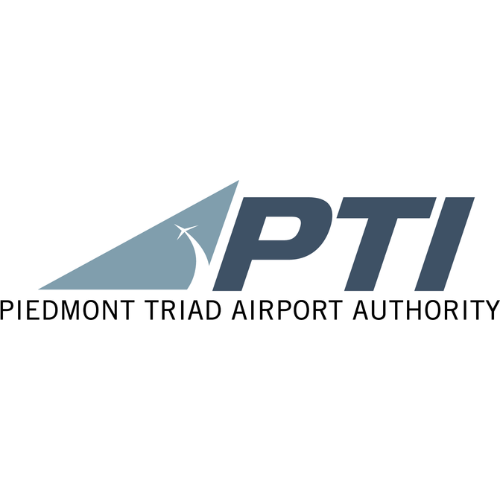In an era of declining aviation profits and changing consumer behaviours, non-aeronautical revenue has become the lifeblood of airport growth and profitability. Airports are shifting their focus from traditional aviation activities to alternative revenue streams, transforming into destinations passengers can enjoy rather than mere stopovers. The role of cultivating long-term loyalty is crucial in this transition. To boost non-aeronautical revenue, airports need happy, returning passengers who are eager to spend. Here we will explore how nurturing passenger loyalty can drive revenue from non-aeronautical services, ultimately enhancing airport profitability in today’s competitive landscape.
Understanding passenger loyalty
Passenger loyalty is a critical driver of non-aeronautical revenue for airports. It encompasses more than just repeat visits; it’s about creating brand preference and memorable experiences that encourage passengers to return. Airports that deliver convenience, personalised experiences, and excellent service foster strong relationships with their passengers, which in turn boosts loyalty.
Key elements like frictionless check-in and security processes, personalised marketing communications, and targeted offers based on preferences and purchasing behaviour are pivotal in shaping this loyalty and enhancing passenger satisfaction. Passengers who feel valued and understood are more likely to choose the same airport again.
Ultimately, airports that prioritise convenience and personalisation can cultivate long-term relationships, encouraging repeat visits and creating opportunities for higher customer lifetime value (CLV).
Elevating the passenger journey
Creating a seamless, personalised journey is essential to deepening passenger engagement and fostering loyalty. Every touchpoint, from the initial flight booking to in-airport services such as fast track access and lounge entry, offers an opportunity to enhance the overall passenger experience. As highlighted in a recent article on ancillary revenues in Regional Gateway magazine, Rezcomm has identified over 35 opportunities for airports to engage with customers throughout their journey, many of which arise even before passengers arrive at the airport.
Pre-booking engagement: By leveraging pre-booking services like parking, lounge and fast track access, airports can initiate engagement early, obtain marketing permissions and collect valuable data to build detailed customer profiles. This early interaction facilitates personalised communications that make passengers feel valued and understood. For example, airports can send tailored email marketing reminders about upcoming flights, tips for a smoother journey, or exclusive offers at the airport in retail and F&B outlets.
Upselling and cross-selling: The opportunity for upselling and cross-selling is significant. Airports can pair airport lounge access with fast track bookings or offer bundled packages that include dining discounts or retail vouchers. Implementing loyalty programs that reward early bookings can also incentivise passengers to purchase additional services, enriching their travel experience and increasing overall spend.
In-airport enhancements: Once passengers arrive at the airport, the journey should remain frictionless. Digital signage, wayfinding apps, and airport concierge services can enhance the in-airport experience. For instance, airports can deploy interactive kiosks that provide real-time updates on flight status, gate changes, and personalised recommendations for shops or restaurants based on the passenger’s preferences.
Creating memorable experiences: To elevate the passenger journey further, airports should consider experiential elements that go beyond traditional services. This could include art installations, live music performances, or local cultural displays that reflect the destination. By transforming waiting times into engaging experiences, airports can encourage passengers to explore and spend.
Passenger feedback: Encouraging feedback is crucial for continuous improvement throughout the passenger journey. Airports should proactively check in with passengers at various touchpoints, collecting insights and suggestions not only after their journey but also during their experience. Understanding their experiences can inform future enhancements, ensuring that airports remain aligned with passenger expectations and evolving travel trends.
By optimising the passenger journey from start to finish, airports can transform from mere transit points into vibrant destinations, where passengers choose to linger and spend, enhancing both loyalty and non-aeronautical revenue.
Leveraging airport technology to strengthen passenger loyalty
As airports strive to enhance their non-aeronautical revenue streams, leveraging technology becomes essential in strengthening loyalty. Technological engagement plays a pivotal role in enhancing interactions and gathering invaluable data. Airports can utilise technology, such as free Wi-Fi and loyalty apps, to personalise the passenger journey, and tailor communications effectively. By harnessing insights from customer relationship management (CRM) data, airports can devise targeted promotions that not only encourage immediate spending but also increase the customer lifetime value (CLV) by fostering long-term loyalty through tailored offers and experiences.
The utilisation of passenger data is increasingly critical. Airports are tapping into a wealth of information from bookings, parking, and retail interactions to create personalised offers that resonate with individual passengers. This approach not only enhances the likelihood of expenditure but also significantly improves passenger satisfaction by anticipating needs and preferences. For example, Munich Airport saw a 50% increase in parking bookings after integrating its loyalty program with its CRM and marketing system. Hyper-personalisation through omni-channel CRM, artificial intelligence (AI), and machine learning tools enables airports to recommend tailored retail options and services, significantly enhancing the likelihood of passenger expenditure.
Creating loyalty with a seamless retail experience
Offering premium retail choices greatly enhances loyalty by catering to diverse needs and enriching the overall experience. Services like Rezcomm’s browse-and-buy, along with convenience-driven options such as click-and-collect and delivery to gates or lounges, further augment passenger convenience and enjoyment.
Digital retail vouchers represent another innovative approach for airports to influence purchasing behaviour in retail outlets. By leveraging insights gathered from previous interactions, such as bookings and email marketing subscriptions, airports can send targeted retail vouchers before passengers even arrive. London Heathrow, for instance, increased retail sales by 25% after launching digital vouchers to loyalty members. Implementing QR codes throughout the airport also allows passengers to scan and access these digital offers, incentivising spending in-terminal.
As noted by Dimitri Coll, ACI World’s Head of Customer Experience in Regional Gateway, “We’re seeing some evolution in the products [customers] want to buy. There’s still global brands, but there’s also a need for local products.” By understanding these evolving preferences, airports can curate a retail selection that includes both well-known brands and distinctive local offerings, reinforcing passengers’ connections to their travel destinations and creating a unique airport experience.
Future innovations
As airports look to the future, innovations such as contactless technology and biometrics are expected to further enhance the passenger journey. Biometric systems, for instance, can link loyalty programs directly with facial recognition technology, allowing passengers to enjoy a frictionless, secure, and personalised journey through the airport.
Driving non-aeronautical revenue through F&B
Airports must also recognise that passengers are increasingly seeking elevated F&B services, making it vital to provide varied choices that cater to different dietary needs and preferences. This commitment to F&B convenience can significantly improve the passenger experience, with strategies, such as pre-order options and mobile app searches, simplifying the process. Additionally, the potential for delivery directly to gates or lounges enriches the overall dining experience and encourages passengers to indulge further. Sydney Airport saw a 30% increase in F&B revenue after implementing pre-order and delivery services. By focusing on enhancing the F&B experience, airports can drive non-aeronautical revenue and foster lasting loyalty among customers.
With F&B options gaining ‘growing importance as part of the airport experience—to the point where they are forecast to become even more important than traditional ones such as duty-free,’ (Regional Gateway) it’s crucial for airports to offer unique, locally-inspired options that create lasting impressions. Integrating F&B offerings into loyalty programs can further incentivise spending, rewarding frequent travellers with exclusive deals and personalised services.
Maximising non-aeronautical revenue with premium airport experiences
As Dimitri Coll said in Regional Gateway, “More and more passengers are prepared to spend money to have access to fast track and lounges—they want to be more comfortable when travelling. They see the airport not as a starting point but as part of the customer journey.” This shift in passenger expectations presents airports with opportunities to further capitalise on premium offerings like lounges, security fast track, VIP concierge and valet parking to foster loyalty and increase non-aeronautical revenue
Lounges, in particular, are no longer just for business travellers. Using strategic marketing to address this misconception can broaden their appeal to a wider audience of leisure travellers, stimulating interest and usage.
Additionally, lounges present an ideal opportunity to integrate F&B and retail delivery services, allowing passengers to enjoy tailored dining options or exclusive retail products without leaving the comfort of the lounge. This added convenience enhances the passenger experience and generates further opportunities to boost spending. By linking premium services with seamless access to retail and F&B, airports can foster loyalty, driving repeat visits and building strong, lasting connections with passengers.
Premium services also play a pivotal role in loyalty programs. Offering exclusive perks such as discounted access to fast track lanes, valet parking, or VIP concierge for loyal customers can deepen engagement and maximise the customer lifetime value (CLV) by ensuring passengers continue to choose your airport for future trips.
Unlocking the power of passenger loyalty
Enhancing passenger loyalty is not merely an investment in customer satisfaction – it is a strategic imperative for boosting non-aeronautical revenue. By prioritising a seamless and enjoyable airport experience—through advanced technology, a diverse range of retail and dining options, and premium services—airports can cultivate a loyal customer base that returns time and again.
Loyal passengers not only boost the airport’s immediate revenue but also drive sustained long-term growth by increasing their customer lifetime value (CLV), ultimately becoming vocal advocates within their communities and spreading positive experiences. The future of airport operations lies in recognising and leveraging the power of these relationships to create a thriving ecosystem where passengers feel valued and engaged. By embracing this approach, airports can unlock their full potential, ensuring long-term growth and success in an increasingly competitive landscape.
Download our brochure to see how you can start fostering passenger loyalty today and unlock sustained profitability. Book a meeting with Rezcomm to discover how innovative loyalty solutions can elevate your airport’s non-aero revenue strategy and create lasting value for both passengers and your airport.




























